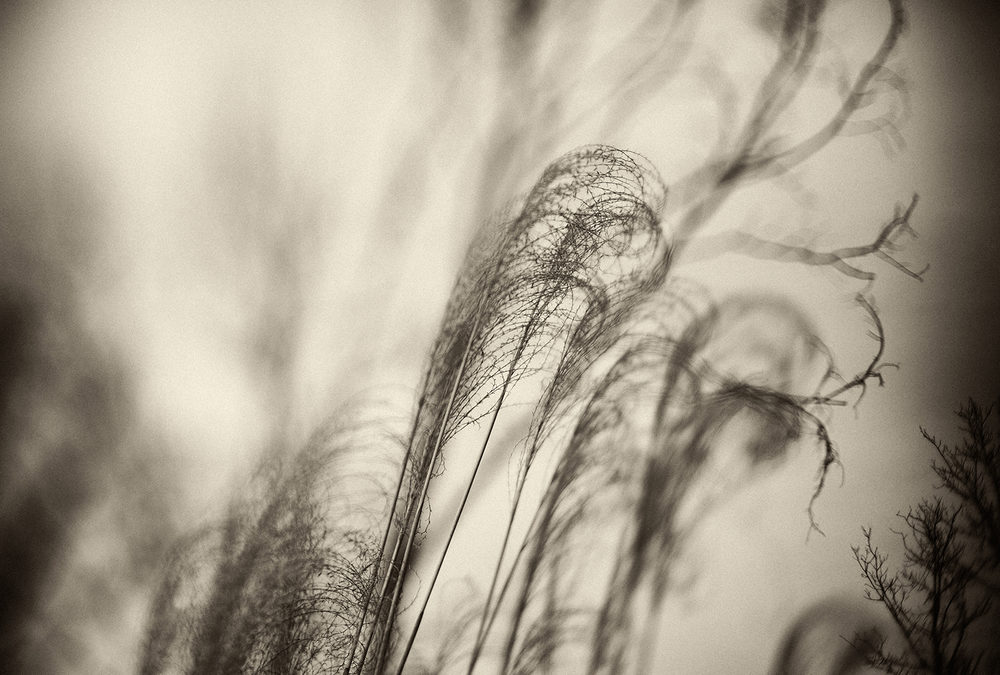It never ceases to amaze me how many of the photographers I have taught in a variety of settings over the years approach the creation of photographs in a chaotic and reckless manner. Having packed a bag full of gear, lenses and accessories equivalent to a US Marine backpack, most photographers venture out with 16 gig media cards with absolutely no clear intention as to what they are attempting to do. After thousands of captures of inconsequent subjects with no predestined direction they return to their computer caves and attempt to “find” a good image, the posit residing in the foolish belief that if one takes many images, one photograph is bound to be good. Certainly, there exists a chance element in photography, but that is akin to relying on winning the lottery for your weekly groceries or future retirement.
What clearly separates the amateur photographer from an emerging or established artist is the application of a concept-based approach to creating a body of work that is intellectually as well as technically resolved, unified and presented in an engaging and appropriate manner. Such an approach begins with establishing a concept, the physical, intellectual and emotional answers to 4 key questions: WHAt are the intended images about, WHY do you want to create these photographs and what is the desired response from the audience, HOW will the photographs be produced to fit the concept, WHO is your audience and how does that impact these previous decisions?
All these decisions must be made BEFORE you even consider the process of taking the photographs that will support the concept.
The WHAT is the first question: Is the concept linguistically driven, the use of images to communicate a story, statement or idea (Cig Harvey, Julie Blackmon)? Or is the concept medium-based, when photography takes precedence over any message conveyed and the beauty of the image reins supreme (Ansel Adams, Clyde Butcher)? Some concepts use a mix of the above approaches, but there is always a predominance of linguistic or medium-based elements. You must also identify the literal subject matter, the real message communicated behind the photographs, as opposed to the actual subject in front of the camera. For example if you seek to illustrate poverty in America it would be simple to capture poor people, the homeless, shelters and food banks as easily identifiable subjects. On the other hand, a different approach could use images of the ultra wealthy, mansions, exotic cars, exclusive parties and so on, effectively demonstrating the gap between the poor and rich. The literal subject matter in this case is still a social study of poverty and inequality, with the actual subject being the excesses of the wealthy as a contrast that carries the intended message. In addition, you must be clear in your intentions: Do you seek to simply depict your subjects, or create a personal statement? Is your concept purely medium-based in its depiction of nature or abstracts, or is illustrative of specific social or environmental conditions? What other artistic influences impact your concept, other photographers, contemporary or historical? Do painters, sculptors or writers also influence your artistic vision?
The WHY is a deeply intellectual search for your artistic intentions: Are you just recording the scene or situation at hand (being aware of the limitations and transformative powers of the medium)? Do you seek to communicate a specific message through images? Are your images completely constructed such as still life or complex sets (including Photoshop generated or heavily manipulated imagery)? These decisions will lead to the next stage, your intended outcome for the work: Do you want your imagery to be persuasive, to change opinions or expose conditions (socio-economic, environmental, conflicts, cultural)? Do you wish for your work to become reflective, exposing your viewers to new situations (people, places or things) or your own personal visual and intellectual vision? Lastly, do you want your audience to experience the images themselves, as works of art, a mixture of personal technique and aesthetics?
 Pierre Dutertre, Weeping, Deep Forest concept, 2012
Pierre Dutertre, Weeping, Deep Forest concept, 2012
The WHAT: a medium-based concept with a strong linguistic undertone. The subject matter resides in the trees and the forest scenery, the literal subject exists within the primordial fears humans experience and project onto the environment (loss, death and life after death). The images are both expressive and form-based.
 Pierre Dutertre, Barren, Deep Forest concept, 2012
Pierre Dutertre, Barren, Deep Forest concept, 2012
The WHY: a communicative project that approaches personal anxiety, existentialist questionings and depression. Intended to be reflective and experiential, the images offer an alternative view of nature as I relate to the environment, projecting a personal psyche onto the world at large. Influenced by Edgar Allen Poe, Jean Francois Millet, Keith Carter and Richard Copeland Miller.
In the second part of this blog, we will explore the HOW and WHO, using the Deep Forest concept as well as several others, including some collaborative work with Cathy Dutertre.
At first you may find these concept ideas overly complex or futile, but the Deep Forest concept was fully resolved and explored at length from an intellectual point of view BEFORE the first image was ever created. In effect, having a solid concept before you undertake taking any photographs is the key to becoming an IMAGE MAKER rather than an IMAGE TAKER.
More to come in part 2 next week.
Posted by Pierre Dutertre in concept-based photography


Recent Comments